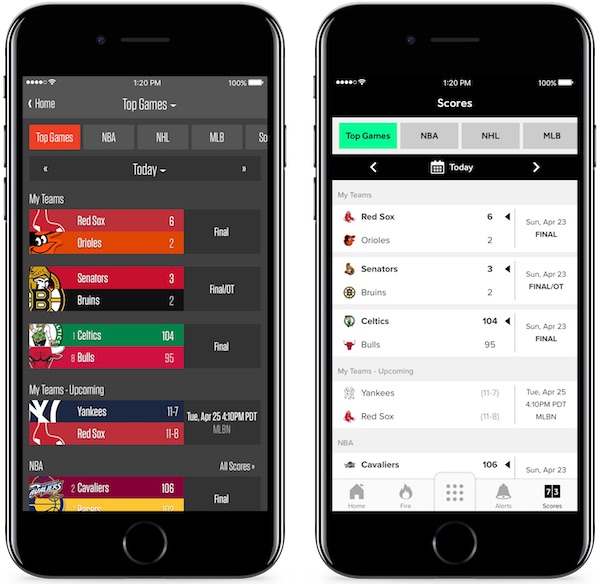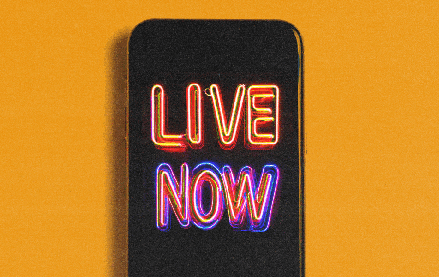Speed tweaks and a new look help Bleacher Report keep users glued to its app.
To speed up load times, over the past year Bleacher Report started natively uploading tweets, GIFs and Instagram posts within its app, rather than pulling them from the mobile web. For now, Bleacher Report’s articles still load from the mobile web, but the publisher is looking into adopting Google AMP for its in-app articles to get another speed boost. In April, the sports publisher also launched its own mobile video player and redesigned its app to include tabs and focus more on national sports coverage.
Bleacher Report users, on average, spent 151 minutes in its app per month this past year, according to comScore data. This was the highest among major sports publishers, as the top five sports apps in terms of time spent (excluding Bleacher Report) averaged 82 minutes per user per month.
“The redesign was the last piece of a lot of ‘under the hood’ work that we’ve done,” said Chris Nguyen, Bleacher Report’s vp of product. “We’ve invested our energy to make sure we can control the [mobile] experience.”
Bleacher Report is investing in mobile video product at a time when both mobile and video are rapidly growing. With mobile eating digital media, speed has become increasingly important in keeping users’ attention, which has led many publishers to adopt fast-loading features like Facebook Instant Articles and Google AMP. To boost speed and reduce vendor costs, Bleacher Report replaced video vendors Ooyala and Akamai with its own mobile video player.
Since the redesign, Bleacher Report’s in-app videos load within 1.2 seconds, on average, on both Android and iOS, according to video analytics firm Conviva. Per Conviva, the median video load time for publishers is 5.6 seconds on Android and 4.2 seconds on iOS. Bleacher Report declined to provide year-over-year statistics since it switched analytics vendors with the redesign.
The video player has been frequently used since the redesign. One-third of the app’s users use one of the app’s new tabs, Fire, which features silent autoplay videos on a loop, similar to the now-defunct Vine.

Users who visit Fire stay in the app for 24 percent longer than non-Fire users, said Nguyen, who declined to share raw numbers. In its first month, users watched 150 million video loops on Fire, which lets people quickly scroll through the top sports highlights throughout the nation. Most of the app’s other features focus predominantly on the user’s selected favorite teams.
“We view every tab like it is its own app within the app,” Nguyen said. “We wanted to create an addictive habit around something that isn’t your team.”
About 3 million people use Bleacher Report’s app each month, according to comScore, which means that it still has a long way to go before it catches up with ESPN’s app audience of more than 13 million monthly visitors.
“We might not have as large of breadth,” Nguyen said. “But our engagement is really strong.”
More in Media

Podcast companies turn to live events to capture growing advertiser spend
The surge in the number of live podcast events in 2025 reflects a broader shift: advertisers are betting bigger on podcasts — not just as an audio channel but as a full-fledged creator economy play.

Media Briefing: ‘Cloudflare is locking the door’: Publishers celebrate victory against AI bot crawlers
After years of miserably watching their content get ransacked for free by millions of unidentified AI bot crawlers, publishers were finally thrown a viable lifeline.

How Vogue could navigate potential industry headwinds as Anna Wintour — who agency execs say made ad dollars flow — brings on new edit lead
Anna Wintour’s successor at Vogue will have to overcome the myriad of challenges facing fashion media and the digital publishing ecosystem.





